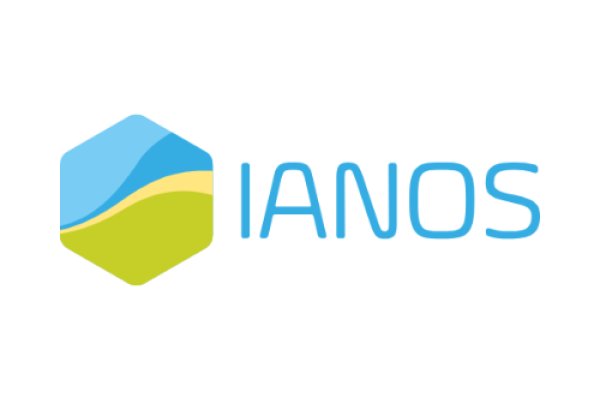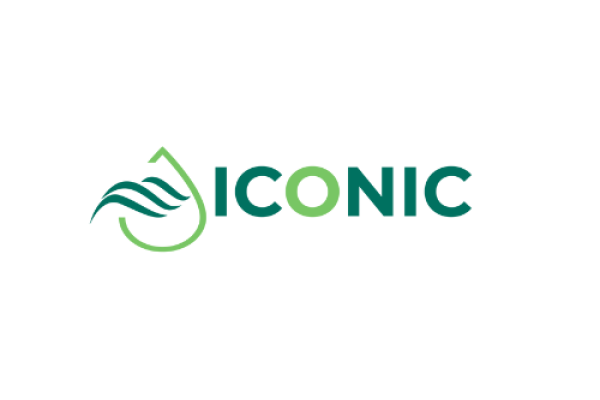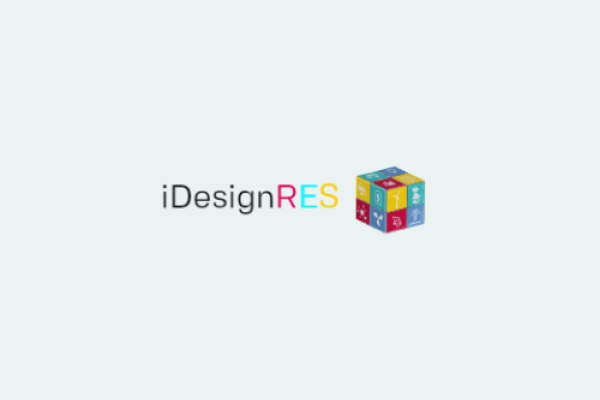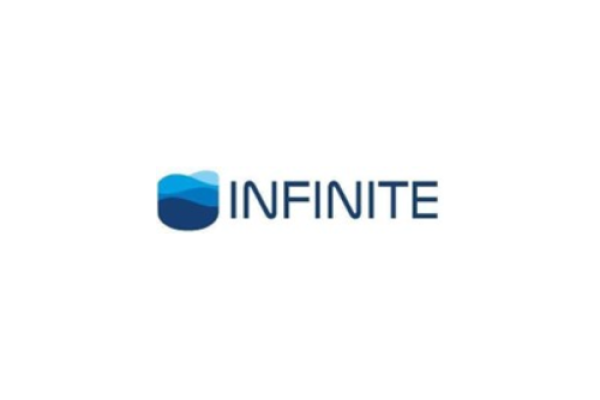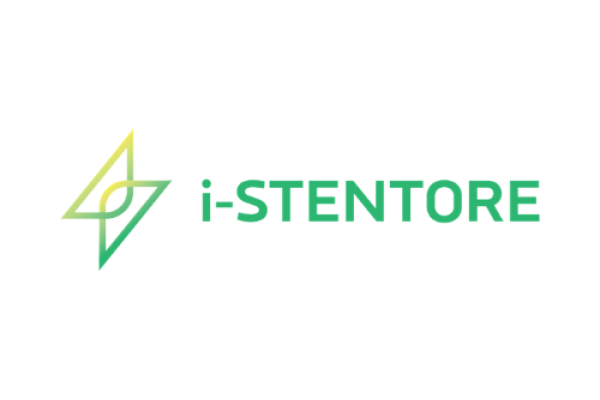
i-STENTORE
i-STENTORE aims to explore and optimise diverse energy storage solutions, including hybrid systems, focusing on their role in enhancing grid reliability, stability, cost-efficiency, and asset longevity across various applications like mobility, industry, and households. By designing a Reference Architecture and fostering novel business models, the goal is to create a flexible, interoperable energy system that maximises renewable energy integration and unlocks new revenue streams for storage operators, advancing the energy transition.

